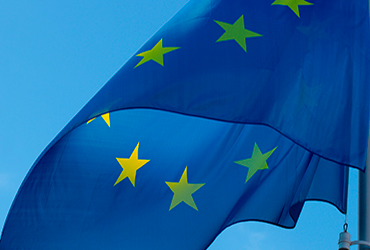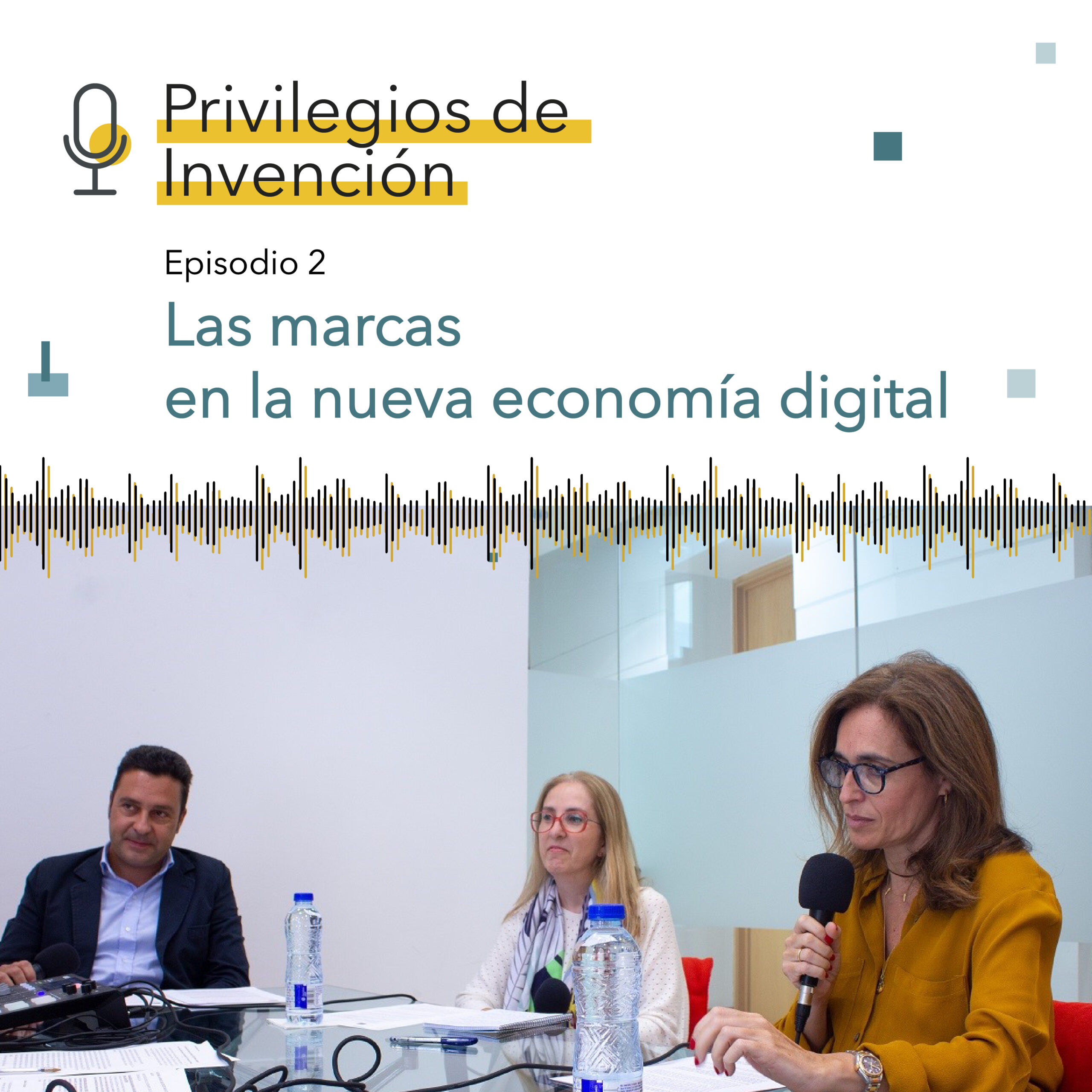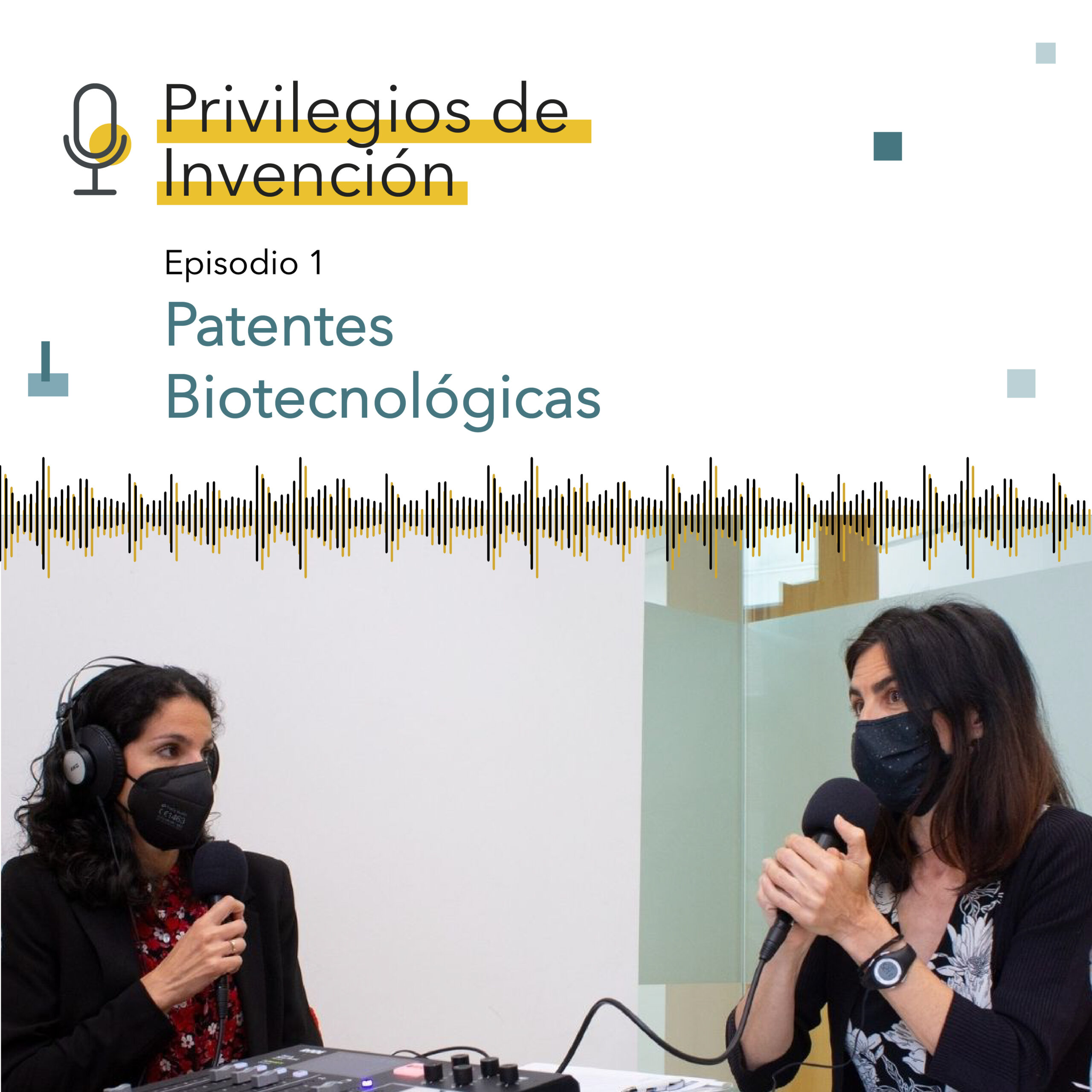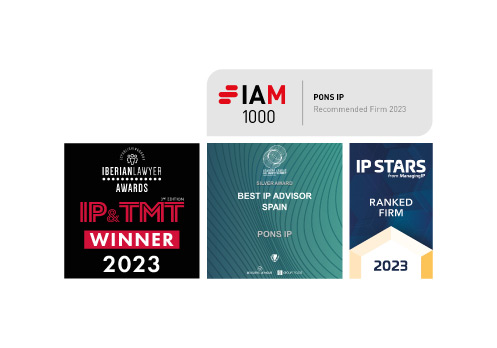On 1 October the second part of the new EU trademark Regulation came into force, bringing with it some significant changes in addition to those already introduced on 23 March 2016. These affect the type of trademarks that can be filed before the European Union Intellectual Property Office (EUIPO) the application criteria and the processing method. All the changes have been carried out via the Commission Implementing Regulation (EU) 2017/1431, of 18 May 2017 and the Commission Delegated Regulation (EU) 2017/1430 of 18 May 2017. We shall summarise them in four steps:
- The graphical representation requirement has been eliminated.
What has, up until now, been a fundamental condition for applying for a trademark, is no longer applicable when applying to the EUIPO. It is the graphical representation requirement. The aim of this measure is to create a system in which entries in the EUIPO Register are clear, accessible and easy to find, which will increase user’s legal security and reduce the number of objections due to formalities.
- New trademarks: Multimedia trademark and certification trademark.
A new type of trademark has been included, the multimedia trademark. It is a combination of image and sound, which shall be “represented by submitting an audiovisual file containing the combination of the image and the sound.” One of the first trademark applications of this sort filed before the EUIPO (still to be granted) is a video game animation.
Another significant change is the introduction of the new EU Certification trademarks. This trademark enables us to “distinguish goods or services which are certified by the proprietor of the trademark in respect of material, mode of manufacture of goods or performance of services, quality, accuracy or other characteristics, with the exception of geographical origin of goods and services which are not so certified.” In other words,certification trademarks refer to goods that meet defined criteria, without having to belong to a group or entity. They may be used by anyone that certifies that the goods in question fulfil certain standards.
In order to register them, regulations of use must be attached within a period of two months from submitting the application. The regulation shall contain information concerning the certification system and define its purpose. It must also specifically include the characteristics of the goods or services to be certified, the conditions governing the use of the certification trademark and the tests and supervision measures to be applied by the proprietor of the certification trademark.
The proprietor may be a natural person or a legal entity, provided they do not own a company that supplies goods and services of the type certified.
Apart from the new types of trademarks introduced, several already accepted trademarks are specified such as three-dimensional shape, position, pattern and movement trademarks and holograms, among others. Formats are also extended. For example, applications for multimedia or movement trademarks and holograms can be submitted in MP4 format.
Furthermore , taste, smell and touch trademarks are not accepted, since, although we stated that the graphic representation requirement will no longer be applied, representation is not possible with the current technique.
- In addition, for the registration of all these trademarks to be possible, the office has adjusted and optimised its application tool, making it compatible with the newly accepted formats.
- Lastly, the introduction of various processing changes is also worth mentioning, in particular the following:
- Electronic communication systems with the EUIPO are defined, distinguishing between the user area ( a secure electronic communications platform) and fax. Fax is still accepted as a means of communication with the office, but no longer as a means for submitting registration or renewal applications. This specific measure will enter into force on 1 January 2018.
- Changes are introduced in terms of the format of the documents and evidence to be submitted when applying for the trademark, i.e., the basis of the application. For example, online sources recognised by the EUIPO are accepted, which may be referred to by persons applying for opposition or annulment. Among the recognised sources are all the national Intellectual Property Offices.
- Claiming priority must now be submitted together with the trademark application. Priority is what enables the proprietor to apply for the trademark in any member country within a period of six months, but taking the application date before the European office as the reference. Until now, applications could be submitted over a period of three months from receipt of the declaration of priority.
- Continuation of proceedings (article 105 EUTMR). This means the continuation of proceedings may be requested for an opponent to substantiate its opposition and to submit observations.
- Acquisition of the distinctiveness acquired through use. The Office will only examine acquired distinctiveness following a request from the EUTM applicant. In terms of application deadlines, both types of claims can be submitted: together with the application; or at the latest, in response to the examiner’s first objection. Claims shall not be able to be submitted in appeal proceedings.
- The Delegated Regulation consolidates the practice of appeals chambers, together with some procedures such as opposition and cancellation procedures that have been subject to clarification, speeding up and adjusting these procedures.
These changes, therefore, as mentioned earlier, complete the EU Trademark Law Reform initiated in March 2016. The changes introduced then led, among others, to the replacement of the old community trademark with the current European Union trademark, together with the change of name of the European office (previously OHIM, now EUIPO). The overall aim of this reform is to strengthen the European Trademark Network through a more modern, efficient and simplified system.




